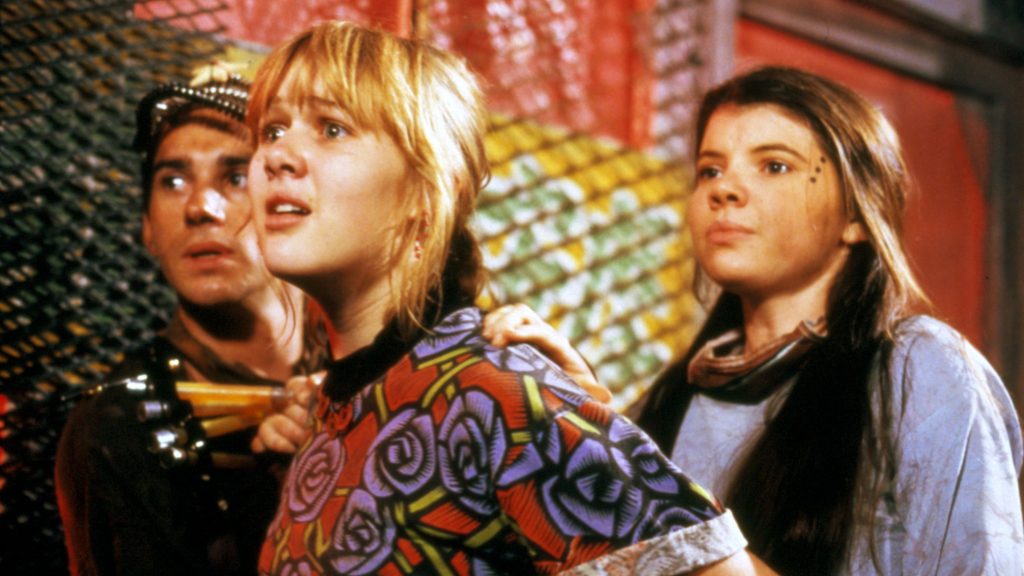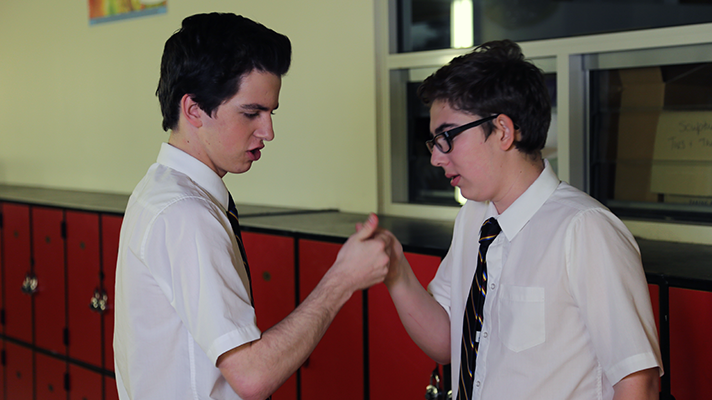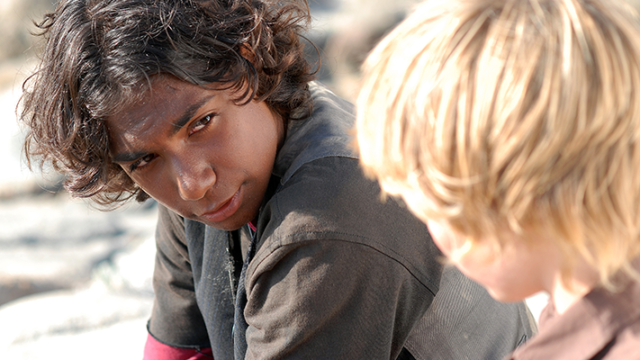Industry Sectors at Odds on How to Secure Kids’ Content for the Future
Jenny Buckland
30 Oct 2017
Submissions to the Australian and Children’s Content Review are now online.
Designing a forward-thinking policy framework and set of recommendations for the Minister will be a challenge, given the many competing views and priorities put forward in submissions to the Review.
At the time of announcing the Review, the Minister said
“And what we want is your views…the right answers seldom come from Government when you are looking at policy settings. The answers come from the sector itself.”
So what did the sector itself come back with?
The submission from Free TV, representing the free-to-air commercial broadcasters, garnered the most publicity when it was released, as it argued for the complete abolition of the Children’s Television Standards and Children’s Drama Quota. One of the arguments put forward by the commercial broadcasters for this stance was that children are watching their evening content – reality TV formats like MasterChef or competitions like The Voice – in greater numbers with their parents. Intriguingly, the commercial broadcasters spun that argument out into the suggestion that reality TV delivers major social and cultural dividends “including telling rich Australian stories” that are “gripping the nation”. The focus on reality television in the Free TV submission is notable, as it has a potential impact on adult drama as well, with the commercial broadcasters asking the Review to “re-set the quota settings” to accord reality television and entertainment formats more value within the Australian Content rules and also arguing that the type of content that would be eligible for Screen Australia and taxation offset support should be broadened to include entertainment and reality formats.

Lockie Leonard – Series 1
As to content made specifically for children, the commercial broadcasters argued that the ABC and SBS are ideally placed to deliver children’s and multicultural storytelling that is not “commercially viable” for commercial broadcasters and that their role in delivering this content should be “formalised and expanded”.
The ABC submission, however, did not embrace the opportunity to “formalise and expand” its role as the key broadcaster of Australian children’s content. The ABC rejected the notion that it should be subject to any quotas for any genre, arguing that it does as much as funding permits and should be permitted to make its own decisions as to what it spends its funding on. The public broadcaster explicitly rejected the idea that it should be the sole provider of children’s content, but argued that quotas to transmit children’s content should continue to apply to the commercial broadcasters. The ABC contended that “future success rests in a mixed ecology, with strong public service and commercial channels commissioning multi-genre programs and working across different distribution platforms to deliver Australian content for all children.”
That “mixed ecology” to which the ABC referred in its submission, however, would only include the free-to-air sector. One of the more interesting aspects of the ABC submission was the argument that not only should no quotas apply to other platforms, such as subscription TV or SVOD, but that content produced for those other platforms should not be eligible for screen agency funding or taxation offset support, either. The argument put by the ABC was two-fold: (a) that content produced with any tax payer funding support should be available for free to the Australian public and not sit behind a pay wall, where is not available to 100% of the audience; and (b) the most important means by which the free television sector – public and commercial – can distinguish itself and compete with new platforms, was with local content. In effect, the argument is that those platforms should neither be required nor incentivised to transmit Australian content, because doing so would have the negative impact of eroding the distinctiveness of Australian free-to-air broadcasters and intensifying the competition for audiences.
The ABC’s proposals around support for content intended to be behind a “paywall” are obviously at odds with the Foxtel submission, which highlighted Foxtel’s commitment to distinctive, high quality Australian content through a slate of distinguished adult drama series. The Foxtel submission was similar to the submission from FreeTV, in that it proposed support for a wider range of content formats through lowering the budget threshold for taxation offsets. Foxtel did not think either transmission quotas or expenditure requirements could effectively be imposed on SVOD providers, but thought that Australian content should be encouraged on those platforms by making Australian taxation offsets and direct subsidy accessible to them. Foxtel was sympathetic to the argument that the FreeTV networks be relieved of their obligations to provide Australian children’s content, but suggested that their investment in that content could perhaps be diverted into “a consolidated and fully contestable children’s content fund”.
Children’s content was a major priority for many of the submitters. Indeed a number of submissions concentrated entirely on children’s content, including experienced children’s producers such as SLR Productions, Media World Pictures, the Australian Council on Children and the Media, Patricia Edgar (the founding director of the ACTF), and academic Dr Anna Potter, all providing ideas. Submissions from Screen Producers Australia, the Media & Entertainment Arts Alliance, Australian Directors Guild and Australian Writers Guild all gave children’s content a significant focus as well. Some submissions from the general public articulated the value of Australian children’s content in the most moving terms.
Kelly Cheung took a nostalgic approach, remembering that “By the time I left school, everything I knew – or everything I thought I knew, I had learnt from the telly. The many hours spent in close proximity to characters as rich and varied from Round the Twist, The Girl from Tomorrow, Ocean Girl, The Miraculous Mellops, Sky Trackers, and Spellbinder had shown me I could be brave, smart, and creative much like the adventuring girls who spent their afternoons with me. As a latchkey kid in a working class home I didn’t have much exposure to the world beyond local streets but the territories of Australian kids TV helped my imagination build new places and spaces for me to explore.”

The Girl From Tomorrow
In contrast, Kate Gorman commented from a contemporary perspective. “We need more Australian TV for our kids – the choices are so limited but our favourite shows are the local ones – Little Lunch, You’re Skitting Me, Dance Academy. These shows are great but are repeated over and over because there isn’t enough of these great Aussie shows to have different ones every year. I don’t want my kids playing in American accents, learning American history and culture – but to be proud of their own.”
The ACTF submission recommended that:
- The public broadcasting sector be mandated and funded to deliver a comprehensive multiplatform service for all Australian children;
- Measures be introduced to ensure the commercial sector contributes to and transmits quality and culturally relevant children’s content; and
- There be funding mechanisms in place to support the production and distribution of culturally relevant Australian children’s content, including an enhanced role for the ACTF.
The ACTF submission is available here.
The Review Taskforce is expected to provide recommendations to the Minister by the end of this year.
The other two inquiries!
The House of Representatives Standing Committee on Communications and the Arts has been conducting its own inquiry into the sustainability of the Australian film and television industry over the course of this year. The Minister has described this as a complimentary inquiry, which will feed into the Review. The Committee is expected to release a report before the end of this year.
Meanwhile, the Senate Environment and Communications Reference Committee has been asked by the Senate to conduct its own Inquiry Into Australian content on broadcast, radio and streaming services and is inviting submissions to be made to it by the 31st January 2018. The Senate Committee will consider submissions already made to the House of Representatives Inquiry and the Government Review. You can find out more about this review at:





Comments
Comments for this post are open.